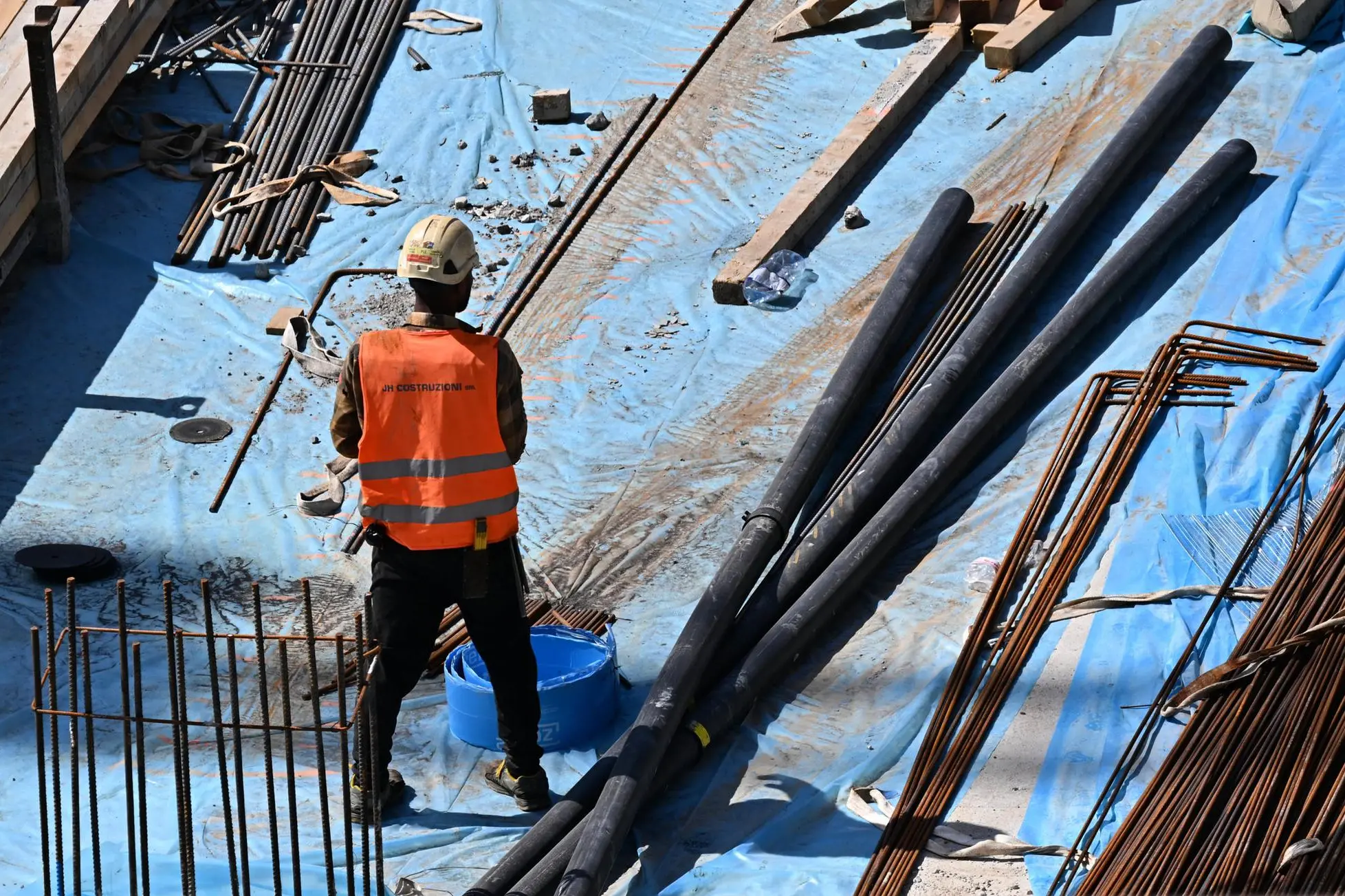Sardinia in the grip of the heat, outdoor work is stopped
The Region: «Ban from 12.30 to 16 on risk days»Per restare aggiornato entra nel nostro canale Whatsapp
In Sardinia and Italy it is no longer just a torrid summer. It is a question of public safety. With temperatures exceeding 40 degrees and the first cases of illness reported in the fields and construction sites, the Region is taking action: from today until August 31, it is forbidden to work outdoors during the central hours of the day, from 12:30 to 16:00, on days when the heat risk is classified as "high".
The measure bears the signature of President Alessandra Todde.
The ordinance — in force with immediate effect — concerns in particular the agricultural, floricultural and construction sectors, and is modulated on the basis of the interactive risk map provided by the national portal Worklimate.it, developed by the CNR in collaboration with Inail.
Avoiding workplace tragedies in a season in which climate change has now transformed extreme heat into a recurring emergency is a must. But the block is not total or unconditional. In fact, the ban applies only on days when the map indicates a "high" level of thermal risk for intense physical activity outdoors. Also excluded from the ordinance are public administration workers, essential services, Civil Protection and public utility interventions, including the Forestas agency.
The move by the Todde council comes after pressure from unions , who had been asking for days for a more extensive ordinance, valid for all summer days and without consultation constraints. The request was only partially accepted. The regional executive preferred a flexible strategy based on scientific data updated daily, avoiding a generalized block that would have weighed on production activities already affected by the crisis.
A choice that does not convince everyone. "While we understand the need to protect workers' health, this intervention represents a further burden for an agricultural sector already brought to its knees", comments Tore Piana, president of the Centro Studi Agricoli. "We are talking about a sector in difficulty, dealing with fires, delays in payments of European funds and chronic structural difficulties. We need a long-term vision, not just emergency measures".
Meanwhile, the Island is not alone. The heat wave has pushed many Italian regions to adopt similar ordinances: from Lazio to Lombardy, from Emilia-Romagna to Puglia, passing through Tuscany, Umbria, Campania, Calabria, Sicily and Abruzzo. The formula is similar: a ban on outdoor work during the hottest hours and on “red dot” days, based on climate alerts.
The first to send the signal was Lazio, with president Francesco Rocca imposing a stop during the most critical hours, from Monday to Friday, until August 31st, already at the beginning of June .
Lombardy has done the same, extending the period until September 15. Emilia-Romagna has introduced a novelty: the inclusion of logistics workers who operate in asphalt yards, subject to an often underestimated “oven” effect.
Overall, Italy seems to be moving in a scattered order, but with a common direction: protecting those who work under the sun, in a context where the climate is no longer an unforeseen event, but a structural variable.
(Unioneonline/Fr.Me.)
